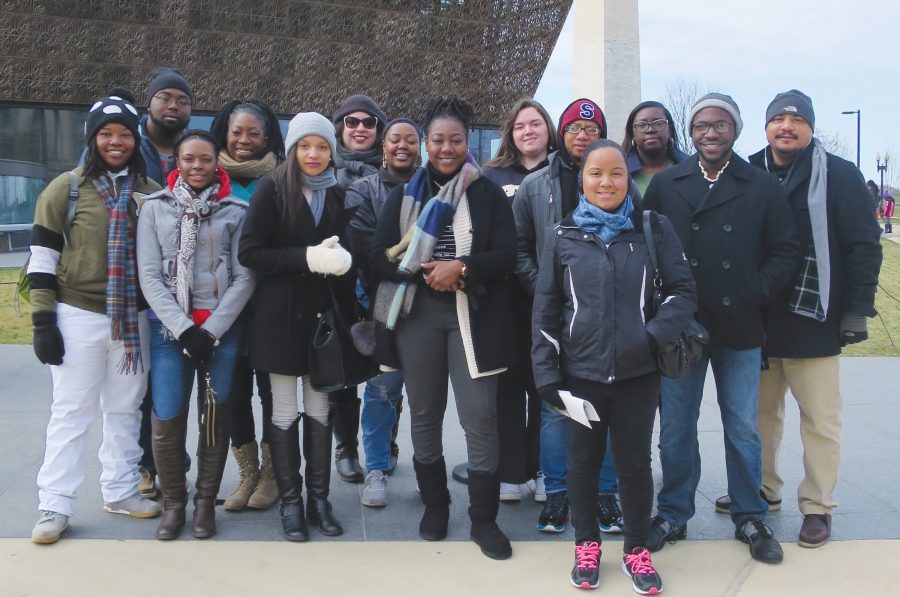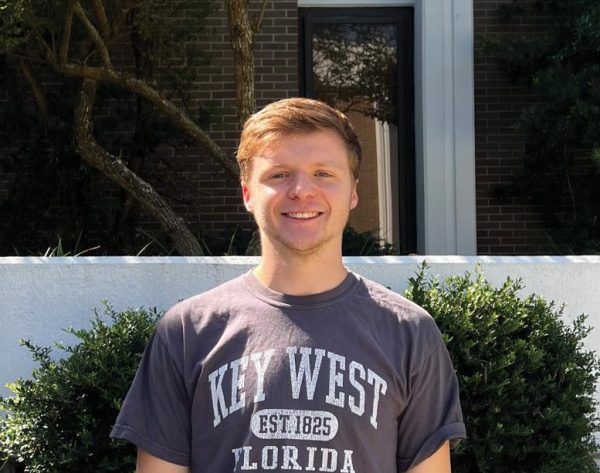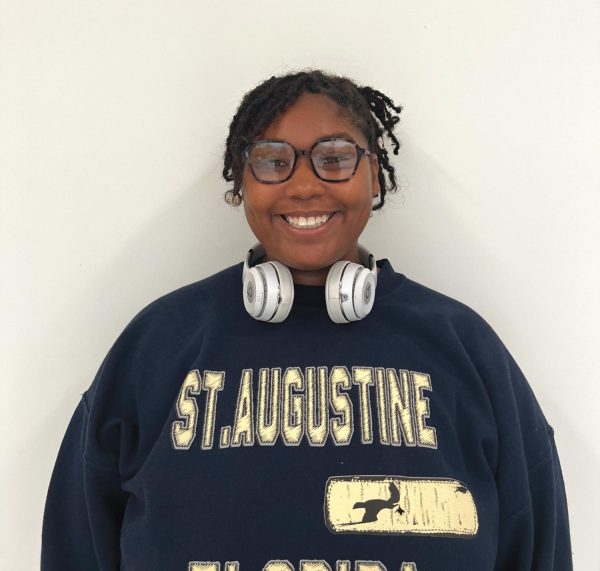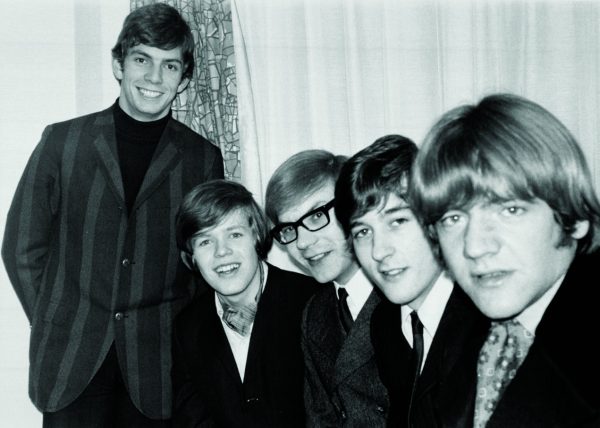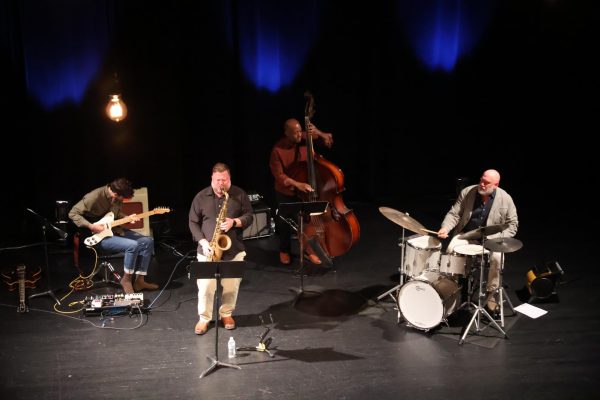Students spend break in D.C.
Photo by: CONTRIBUTED PHOTO
Twelve students visited Washington, D.C., over spring break to learn about African American culture.
During spring break, 12 students visited and toured historical museums, monuments and sites in Washington, D.C., as part of FMU’s Ready to Experience Applied Learning (REAL) Program.
The D.C. trip was sponsored mainly by FMU’s new African and African American Studies (AAAS) program with some help from the English department. The trip was open to students of all majors and classifications. Those who were interested in going on the trip were required to submit a brief essay explaining why they felt these REAL-sponsored trips were important to students’ overall education and why they wanted to go on this specific trip. Of the large group of applicants, only 12 students were chosen to go to Washington, D.C., and they were chaperoned by Assistant Professors of English Dr. Suzanne Barnett and Professor Jason Owens.
Junior political science criminal justice major Hakeisha Parks, one of the students who was chosen to go on the trip said that this trip was one of the best experiences she has had in her time at FMU.
“It was honestly a really great trip,” Parks said. “I learned a lot of things about African American history that I had never heard of before, and we were able to go to some really cool places.”
The group left FMU on March 10 and stayed in Washington, D.C., for five days. For their first night in Washington, D.C., the group was able to explore U Street and visit its art galleries and music venues. During the remainder of their time there, the students and chaperones visited several national historic monuments, such as the Jefferson Memorial, the Lincoln Memorial and the Martin Luther King, Jr. Memorial.
However, the group members spent the majority of their trip in African and African American-focused museums.
The trip was heavily based around a full day viewing and touring the National Museum of African American History and Culture (NMAAHC). In their down time, the group members relaxed and had dinner together and even attended a poetry slam. Most students, though, favored the museum trips over the other activities.
“I think my favorite part of the trip was when we visited the National Museum of African American History and Culture,” Parks said. “It’s really important to see those places that are helping teach people about our history. I also think it’s really good to get out and do new things with people you may not have known before. I’m proud of myself for getting out of my comfort zone and going on the trip.”
Like most REAL-funded trips, the trip to Washington, D.C., was mainly geared towards getting students out of the traditional learning atmosphere and into the real world. The program helps professors give students more learning opportunities outside their usual classroom lectures. In most cases, if a grant proposal is approved, the REAL Program pays for travel expenses, tickets, and admission fees and hotel expenses.
The Washington, D.C., trip’s main focus was highlighting African American culture and the ways in which it helped shape America as a whole. The trip also wanted to bring some attention to FMU’s new AAAS program.
English professor Suzanne Barnett said that the REAL Program helps students explore places they don’t usually get to visit, apply critical thinking skills and make historical events feel more real and connected to students.
“The best type of students are always students, even when they’re not in a classroom,” Barnett said. “And, experiences like this allow them to apply the knowledge and critical thinking skills they hone in on in their coursework to the world around us.”
